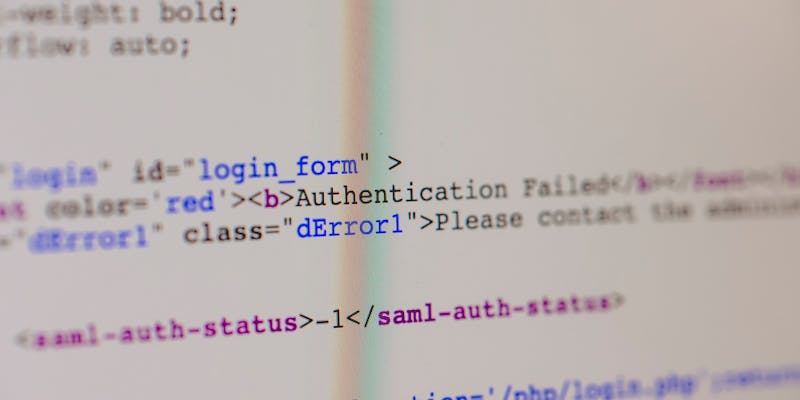Cybersecurity experts at Cleafy Labs have shed light on the emerging cyber threat known as the Copybara campaign, reflecting a concerning shift in the landscape of digital crime. What sets Copybara apart is its method of perpetrating fraud directly from the target’s device, a sophisticated ploy that traditional security defenses at financial institutions are ill-equipped to counter. In executing its deceitful acts, Copybara infiltrates and operates from within the victim’s device, evading detection with finesse that underscores the campaign’s potential for considerable damage. Consequently, the financial industry is now facing an unprecedented challenge that calls for a reassessment of current cybersecurity strategies. It’s clear that with tools such as those employed in the Copybara campaign, cybercriminals are no longer restricted to external attacks, resulting in a pressing need for the development of more robust, device-level security solutions to safeguard users’ assets from these insidious threats.
Understanding On-device Fraud
The Emergence of Malware in Harmless Apps
Copybara malware is ingeniously masked within harmless-looking apps, slipping by undetected by users. Once installed, it prepares the ground for cybercriminals to seize control, targeting SMS and push notifications that carry One-Time Passwords (OTPs) essential for two-factor authentication (2FA). Access to OTPs allows attackers to bypass this security measure and infiltrate online banking and sensitive accounts.
This malware’s threat level is heightened by its dormant state, which becomes active only during financial interactions, like when a user opens a bank app or visits a bank website. At these moments, Copybara surreptitiously reroutes user input to a server under the attackers’ command. This silent redirection is unnoticeable to the user and results in stolen credentials and funds.
Carefully crafted, Copybara represents a significant threat by targeting the very tools designed to protect online security. As it awaits specific triggers to activate, users remain unaware of the lurking danger, making it a highly effective tool for cyber theft.
Adapting to Target Specific Banks
The Copybara malware represents a significant threat due to its precision-targeting capabilities. It zeroes in on specific financial institutions and user applications, orchestrating highly targeted attacks. Cybercriminals behind Copybara are relentless in updating and fine-tuning their malicious software to outmaneuver bank defenses and exploit vulnerabilities in mobile banking applications and online banking platforms. What makes Copybara particularly menacing is its ability to be customized for each attack, allowing it to adapt to the unique security measures of each targeted bank. This level of customization ensures that attacks are not identical, posing a considerable challenge to cybersecurity professionals who are racing to defend against and mitigate these sophisticated and continuously evolving threats. The agile nature of Copybara’s design underscores the critical need for robust and adaptive security solutions in the financial sector to protect against such adaptive malware campaigns.
The Necessity for Advanced Cybersecurity Measures
Implementing Behavior-Based Detection Software
With the emergence of sophisticated on-device fraud, such as Copybara, cybersecurity experts are urging the adoption of stronger protection mechanisms. Conventional virus scanners, mainly dependent on signature recognition, often miss these modern threats, as their signatures are frequently altered. The recommended alternative is behavior-based detection systems. These don’t just look for specific malware codes but monitor device activity for irregularities signaling potential compromise or data theft.
By tracking behavioral patterns, these advanced systems can more effectively spot and preempt cyber threats. Considering the evolving nature of cyberattacks, it’s imperative for organizations and individuals to stay vigilant. This includes updating software regularly, installing apps solely from trusted sources, and maintaining cybersecurity awareness. These practices are vital to ensure resilience against the increasingly sophisticated and targeted nature of cyber intrusions.
Heightened Awareness and Proactive Defense
The Copybara campaign’s discovery serves as a sobering reminder of the ever-present and dynamic nature of cyber threats. It underscores the imperative for an ongoing commitment to cybersecurity enhancement and the implementation of robust security measures in both personal and professional spheres. Staying one step ahead of cybercriminals requires not only the latest technological defenses but also a proactive approach to security – anticipating and mitigating potential vulnerabilities before they can be exploited.
Banks and other financial institutions play a critical role in safeguarding their clients by continuously improving their security protocols and educating customers about the importance of maintaining a secure digital profile. The collective effort in heightening awareness and implementing advanced cybersecurity measures will be central in the fight against intricate operations like the Copybara campaign, ensuring a sturdier barrier against the increasingly sophisticated world of cybercrime.

